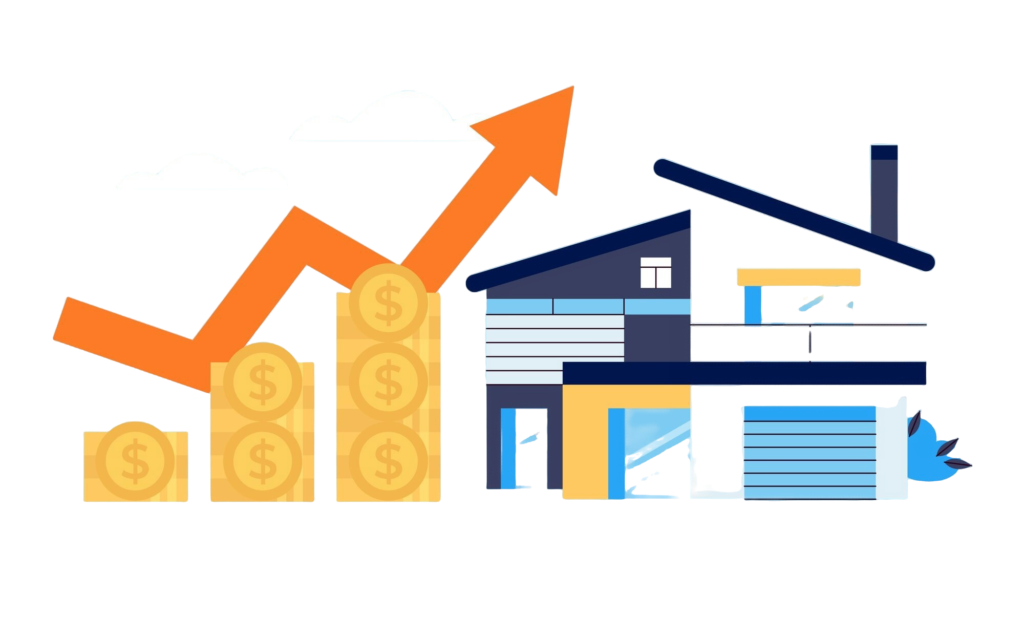
As 2025 ushers in unprecedented growth in the real estate market, driven by a surge in affordable housing demand, developers face unique challenges and opportunities. Navigating funding mechanisms is key to capitalizing on this boom while addressing cost-effective housing needs.
Key Funding Options for Developers
- Traditional Bank Loans: Reliable with competitive interest rates but require collateral and rigorous credit checks.

- Government-Backed Programs: Offer favorable terms for underserved areas but involve lengthy approvals.

- Innovative Sources: Crowdfunding and private equity broaden access to capital but may require ownership concessions.
Land Acquisition Financing Securing capital for high-demand plots requires flexibility and strategic planning:

- Short-Term Loans: Ideal for bridging gaps before securing long-term financing.
- Private Lending: Faster access with flexible terms, albeit at higher rates.
- Joint Ventures: Reduce upfront costs through profit-sharing agreements. Ensuring compliance with zoning laws and permits avoids costly delays.
Plotted Development Financing Plotted projects benefit from tailored funding options:

- Specialized Bank Loans: Support subdivision into saleable plots.
- Private Lenders: Offer flexible terms suited for dynamic needs.
- Government Grants: Provide lower interest rates or direct financial aid. Balancing infrastructure costs with revenue projections ensures project viability.
Construction Financing Financing transitions from plans to builds requires stage-specific solutions:

- Pre-Construction Loans: Cover initial expenses like permits and fees.
- Progress Payment Loans: Align funding with milestones, easing cash flow.
- Long-Term Financing: Manage costs effectively post-completion. Contingency planning and clear communication with lenders mitigate risks.
Affordable Housing Financing Addressing affordable housing needs calls for specialized strategies:

- Tax Incentives: Stimulate investment in low-income housing.
- Public-Private Partnerships: Reduce costs through collaborative efforts.
- Subsidized Loans: Offer direct financial support for viable projects. Leveraging government frameworks and cost-effective construction techniques meets growing demand.
Tips for Securing Favorable Financing
- Build strong lender relationships with transparency.
- Enhance creditworthiness and financial records.
- Leverage low-interest-rate cycles for better terms.
- Present detailed project plans and risk assessments.
- Stay updated on policies and incentives.
By understanding diverse financing options and aligning strategies with market conditions, developers can unlock opportunities in 2025’s dynamic real estate landscape. The demand for affordable housing offers a chance to innovate, impact communities, and achieve profitability.
